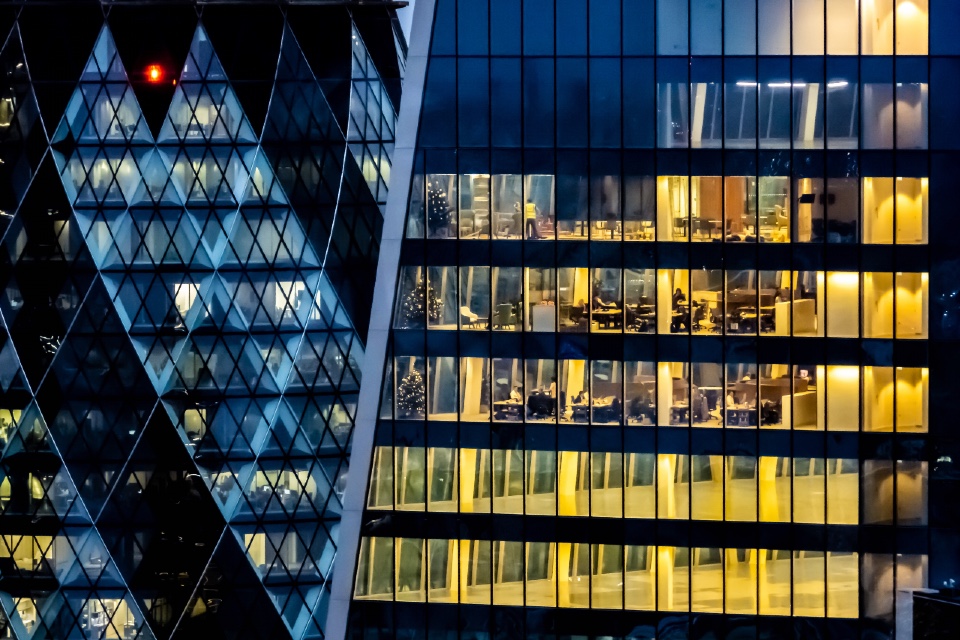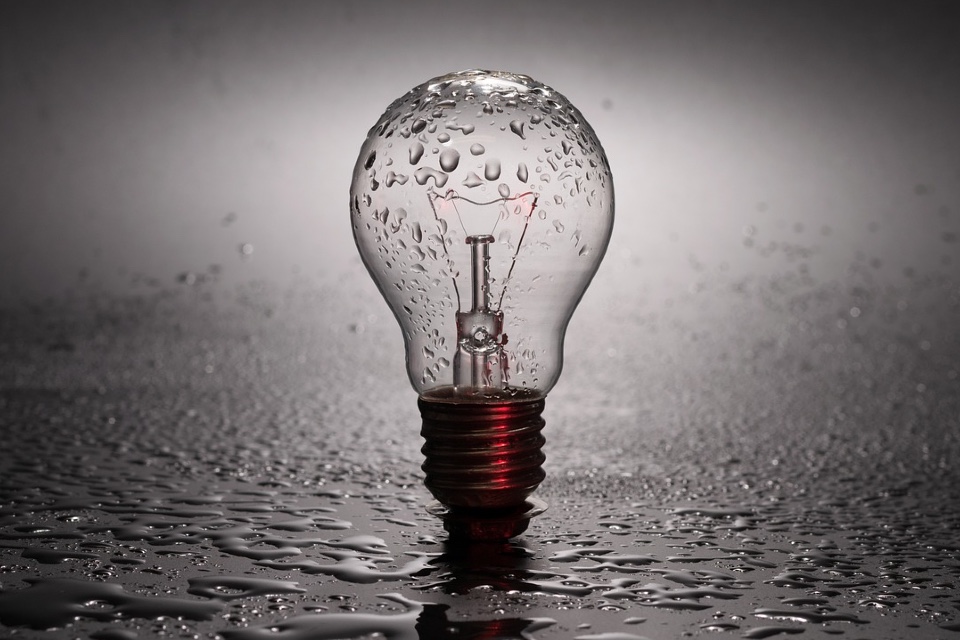LIGHTING MONTH: The transformation of commercial lighting solutions
https://energymanagementsummit.co.uk/wp-content/uploads/2023/10/lighting-6.jpg 960 640 Stuart O'Brien Stuart O'Brien https://secure.gravatar.com/avatar/81af0597d5c9bfe2231f1397b411745a?s=96&d=mm&r=gThe past decade has witnessed a revolution in the realm of commercial lighting. Driven by technological advancements, environmental concerns, and changing aesthetic preferences, the lighting industry has been at the forefront of innovation, bringing about solutions that are sustainable, efficient, and smart. Here we delve into the key developments that have shaped the commercial lighting landscape in the UK over the last ten years, based on input from delegates and suppliers at the Energy Management Summit…
- LED Domination: Arguably the most significant shift has been the widespread adoption of LED (Light Emitting Diode) lighting. Outshining traditional incandescent and CFL bulbs in terms of efficiency, lifespan, and decreasing cost, LEDs have become the gold standard. Their energy-saving properties align with the UK’s commitment to reducing carbon emissions, making them a preferred choice for businesses aiming for both sustainability and cost-effectiveness.
- Smart Lighting Systems: The integration of IoT (Internet of Things) in commercial spaces has ushered in the era of smart lighting. Lights can now be controlled remotely via smartphones or computers, adjust automatically based on occupancy, and even change intensity depending on the time of day. This not only maximises efficiency but also offers unparalleled customisability.
- Human-centric Lighting: There’s been a growing recognition of the impact of lighting on human health and productivity. This has given rise to human-centric lighting solutions that mimic natural daylight patterns, supporting the body’s circadian rhythms. Such lighting solutions have proven beneficial in offices and educational institutions, enhancing productivity and well-being.
- Architectural and Aesthetic Evolution: Commercial lighting has ceased to be purely functional; it’s now an integral part of a space’s design and aesthetics. Businesses have increasingly turned to bespoke lighting solutions, integrating fixtures seamlessly into the architecture and creating statement pieces that reflect brand identity.
- Sustainability and Recycling: With the WEEE (Waste Electrical and Electronic Equipment) Directive in place, there’s been a strong push towards the responsible disposal and recycling of lighting products. The industry has seen the rise of lighting-as-a-service (LaaS) models, where businesses lease lighting systems and return them to the manufacturer for recycling at the end of their life cycle.
- Intelligent Sensors: The integration of advanced sensors has furthered the cause of energy efficiency. Motion, daylight, and occupancy sensors ensure that lights are used optimally, reducing wastage and further driving down energy costs.
- Focus on Emergency Lighting: Safety regulations have tightened around emergency lighting, leading to innovations ensuring reliability and efficiency during power outages or emergencies. Modern systems come with self-testing functionalities, reducing the manual workload of safety checks.
The past ten years have transformed commercial lighting from a mundane, functional aspect of infrastructure into a dynamic intersection of technology, design, and sustainability. As the UK continues to pivot towards greener practices and as businesses recognise the multifaceted benefits of advanced lighting solutions, the industry is poised for further innovations and developments in the coming decade.
Are you looking for lighting solution for your business? The Energy Management Summit can help!
Photo by Nick Fewings on Unsplash





